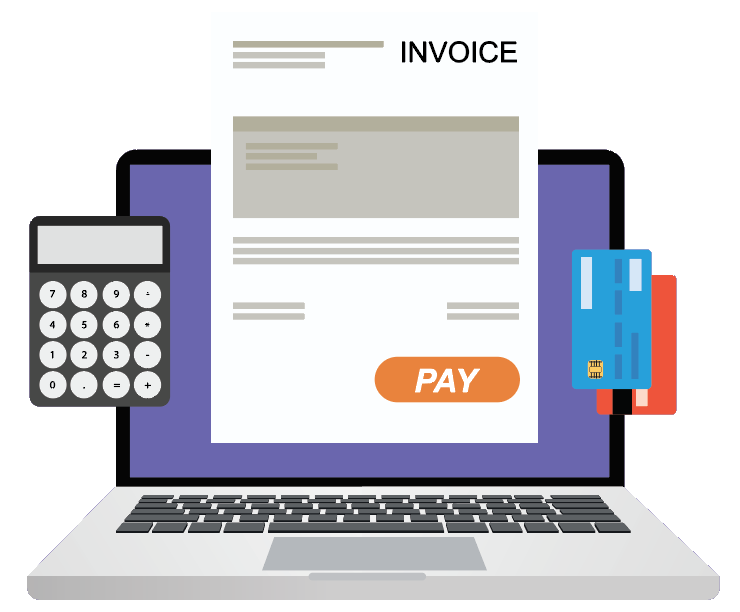
Where Is Electronic Invoicing in Use?ĮIs are a global phenomenon. In a similar way, governments can therefore support SME survival and participation in government procurement by using EIs and digital channels to pay invoices promptly, which Australia has done by mandating a maximum payment time of 20 calendar days for all contracts under AUD$1 million (USD$633,000). This is an issue that disproportionately affects SMEs, which are typically heavily dependent on cash flow, yet are often cash poor, as the result of extended payment times. EIs also help SMEs survive by helping to improve on-time payment. EIs facilitate the development of more transparent, efficient, and secure “factoring,” which allows suppliers to meet their working capital needs by selling their invoices, or accounts receivable, to lenders for cash (i.e., getting paid upon completion of work rather than waiting weeks or months for customers to pay their bills). Authorities know what goods are coming, and where and who they’re coming from, as their freight-vehicle tracking system (which uses radio frequency stations and tracking) is integrated with their EI system so that details are registered as vehicles are on the move towards and through customs checkpoints.Įlectronic invoices are a great example of a digital technology, such as online platforms and payment services, that helps overcome costs, complexity, and other barriers to international trade.ĮIs are particularly important to small- and medium-sized firms (SMEs). For example, Brazilian tax administrators rely on EIs as part of an innovative customs and tax management tool that makes customs operations more efficient. EIs can also help improve the real-time control and movement of goods. Help modernize the economy and strengthen the technology sector through the large-scale use of communications technologies, digital signatures, and services development.ĮIs are another great example of a digital technology, such as online platforms and payment services, that helps overcome costs, complexity, and other barriers to international trade, in that they help reduce uncertainty about local tax compliance requirements and a lack of trust in cross-border transactions.Make it easier for firms, especially small and medium-sized ones, to survive and engage in trade, including through improved trust, on-time payment, and “factoring” (see below) and.
Electronic invoicing system software#
Help governments fight tax fraud, as agencies can use software and artificial intelligence (AI) to quickly check vast numbers of transactions and to cross-check these with other records.For example, in Australia, research shows it costs $20 USD to process a paper invoice as compared to $6 USD per e-invoice EIs are 60 to 80 percent more efficient than traditional paper-based processing. Cut transaction costs (such as printing and storage).Shorten processing cycles, including payments of accounts receivable and tax recovery, in part, as they lessen the risk of human error.The main advantages of EIs are that they:


There is still enormous room for growth, since more than 90 percent of all invoices worldwide are still processed manually.

Billentis, a consultancy that specializes in the e-invoice market, estimates that the global economy produces some 550 billion invoices annually, growing around 10 to 20 percent per year. What Is Electronic Invoicing?ĮIs are simply machine-readable invoices issued, received, and processed electronically between buyers’ and suppliers’ finance and tax systems. World Trade Organization (WTO) e-commerce negotiations need to include these types of EI provisions as part of a holistic package of outcomes that together build an open, rules-based, and interoperable global digital economy. But Australia, Chile, New Zealand, and Singapore are showing how new rules, common principles, and cooperation can avoid this outcome by ensuring each country’s system is interoperable with others’. However, as more countries create their own EI frameworks, there’s a potential they could enact country-specific technical standards that act as a barrier to digital trade. More governments and firms around the world are embracing electronic invoicing (EI) to support traditional and digital trade, and to improve tax, business, and trade services. E-invoices and Trade Negotiations: Working Toward Global Interoperability


 0 kommentar(er)
0 kommentar(er)
